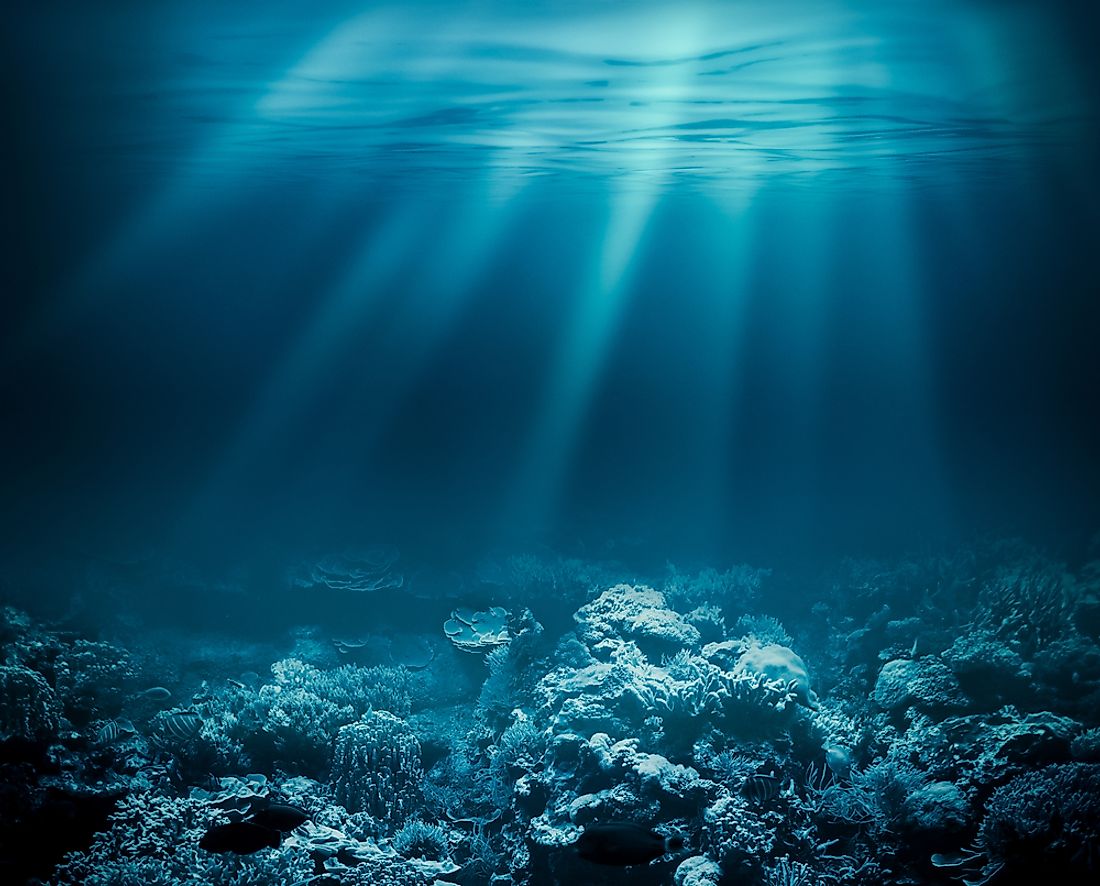Vampire Squid: Unique Creatures Of The Deep Sea

Neither a vampire nor a true squid, the vampire squid is a small cephalopod that inhabits the deep sea. Scientifically named Vampyroteuthis infernalis, which means "vampire squid from hell," the name is derived from its black and red coloration, toothy-looking spines, and cloak-like webbing. Initially classified as an octopus, and later reclassified as a squid, the vampire squid is now classified under its own order, Vampyromorphida, because of its unique retractile sensory filaments. Anthropologists and archaeologists consider the vampire squid to be a "living fossil" because it has remained unchanged for the past 300 million years. Unlike conventional squids, the vampire squid cannot change the appearance of its chromatophores. It is relatively small, with an average length of approximately one foot, although males are slightly larger than females. In addition to its eight arms, the cephalopod has a pair of retractable sensory filaments that are unique to the species.
Habitat
The vampire squid prefers to inhabit the lightless zone of temperate to tropical oceans, usually at depths of below 2,000 ft, where oxygen saturation is low. The cephalopod has developed unique features that allow it to survive such environments. These include an extremely low metabolic rate to conserve energy compared to cephalopods living in shallow seas, as well as hemocyanin, a protein that makes the vampire squid more efficient at extracting oxygen than other squids. The squid lacks a defensive ink sac, but if agitated, pulls a cloak over its head and moves the bioluminescence ends of its arms to create the impression of a larger animal. During extreme threats, the vampire squid splashes a cloud of bioluminescent mucus to confuse predators. However, vampire squids avoid using this mechanism due to its high metabolic cost.
Behavior
Little has been documented regarding the behavior of the vampire squid due to its isolated habitat, although remotely operated vehicles have provided rare footage of the squid in its natural habitat. The species generally remains hanging in the water and moves by flexing its cloak and tentacles, and uses its filaments to touch and feel other objects. In cases of imminent danger, the vampire squid accelerates by strongly contracting its tentacles. Despite the name, vampire squids do not suck blood, but feed on small debris falling from above, as well as small crustaceans such as amphipods, ostracods, and copepods.
Reproduction
The vampire squid has a slightly different reproductive strategy compared to other cephalopods. Females contain a small number of large eggs and store a male's implanted spermatophores until ready to reproduce. Growth is slow and reproduction is often infrequent due to a lack of nutrients needed and low population of potential mates. The average lifespan of the squid is yet to be determined. Additionally, the vampire squid has not been assessed for conservation status, but may be suffering due to overfishing, pollution, and warming ocean temperatures.







